Description
What is GSM Wireless Module Omni Dipole Antenna 868 915Mhz Antenna?
The GSM Wireless Module Omni Dipole Antenna 868 915Mhz Antenna CTRF-ANTENNA-AP-8296-10110-SMA model antenna is a rubber duck antenna with a Standard SMA male connector antenna manufactured by C&T RF Antennas Inc.
The 868 915MHz antenna comes with a small size 10x110mm, SMA male standard connector, 868 915MHz antenna frequency for Lora and LoraWan applications.
The GSM Wireless Module Omni Dipole Antenna 868 915Mhz Antenna is available at C&T RF Antennas Inc. The Lora 868 915MHz antenna manufacturer in China.
C&T RF Antennas Inc provides internal & external antennas with the antenna radio frequencies such as NFC, 169MHz, 230MHz, 315MHz, 433MHz, 868MHz, 915MHz, VHF&UHF, Lora, NB-IoT, ADS-B, GSM, GNSS, Wifi 2.4GHz, 5.8GHz, Cellular 2G 3G 4G LTE, GPS, 5G NR, etc.
C&T RF Antennas Inc. provides RF antennae with Omni & Directional antenna types such as Dipole Antennas, Whip Antennas, Marine Antennas, Router Antennas, MIMO Antennas, Combo Antennas, PCB Antennas, FPC Antennas, Spring Antennas, Magnetic Antennas, Sector Antennas, Yagi Antennas, and Accessories, etc, for IoT & M2M industries.
Contact us for more details on the Lora 868 915MHz antenna such as the 868 915MHz antenna datasheet, 868 915MHz antenna pricing, 868 915MHz antenna inventory, or other Lora 868 915MHz antenna styles.
GSM Wireless Module Omni Dipole Antenna 868 915Mhz Antenna Specifications
| GSM Wireless Module Omni Dipole Antenna 868 915Mhz Antenna Electronic Specifications | |
| RF Antenna Type | Omni Rubber Duck Antenna |
| Model | CTRF-ANTENNA-AP-8296-10110-SMA |
| Frequency Range | 824-960MHz |
| Gain | 2.5dBi |
| VSWR | ≤2.0 |
| Impedance | 50 Ω |
| Polarization | Linear |
| Directional | Omnidirectional |
| Connector | SMA Male |
| Max Power | 50W |
| Lightning Protection | DC-Ground |
| GSM Wireless Module Omni Dipole Antenna 868 915Mhz Antenna Mechanical Specifications | |
| Dimension | 10*110mm |
| Weight | Approx. 12g |
| Radome Material | Plastic ABS |
| Operation Temperature | -20˚C ~ +85˚C |
| Storage Temperature | -40˚C ~ +80˚C |
| Color | Black |
| Antenna Design | Dipole Array |
| Mounting | SMA Connector |
| SafetyEmission and other | RoHS Compliant |
| Applications | Public Safety/LMR/P25/TETRA, ISM/SCADA/Utilities, RFID, IoT/NB-IoT/LoRa, etc. |
C&T RF Antennas Inc’s Rubber Duck Antenna Features
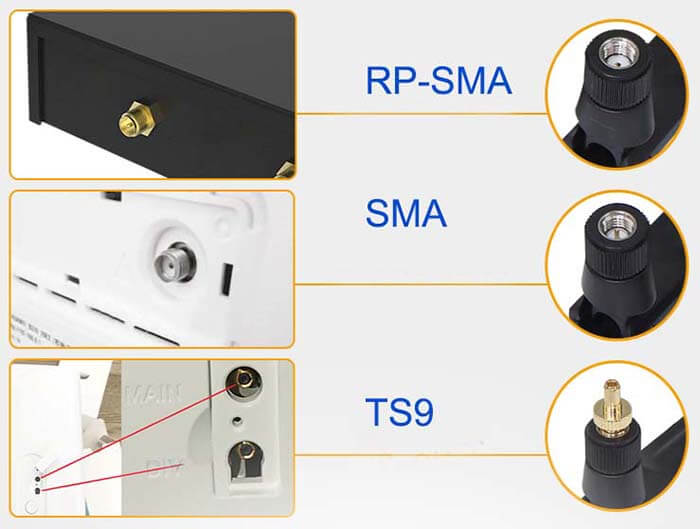

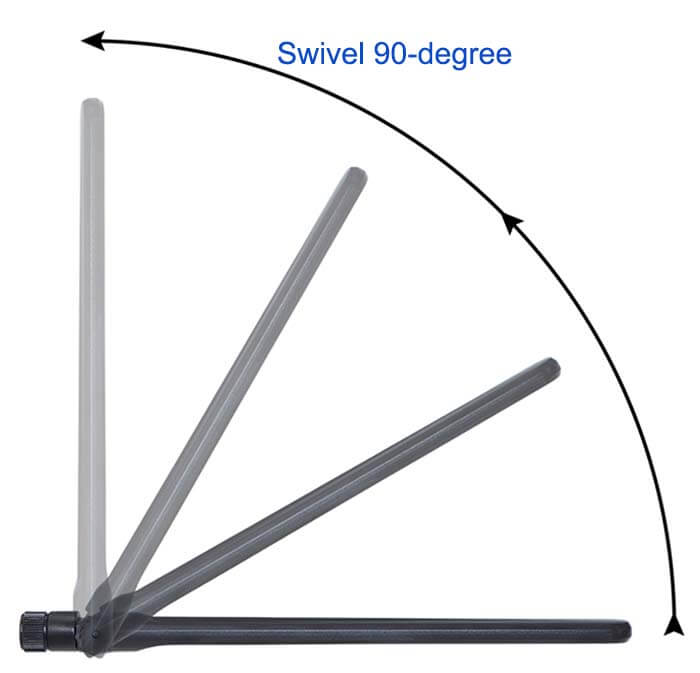
With the rapid development of the Internet of Things, wireless communication technology is also changing with each passing day. Low-power, long-distance, and anti-jamming low-power wide-area networks are rapidly emerging. Lora and NB-IoT are typical representatives of their development and are also the two most promising low-power wide-area network technologies.
What are the differences between Lora and NB-IoT?
First, frequency band, service quality, and cost.
Lora works in unlicensed frequency bands below 1GHz, and there is no additional charge for application. The use of frequency bands below 1GHz for NB-IoT and cellular communications is authorized and requires a fee.
The LoRa module has unique characteristics in dealing with interference, network overlap, and scalability, but it cannot provide the same quality of service as the cellular protocol. NB-IoT cannot provide the same battery life as LoRa due to the consideration of service quality. If you need to ensure the application scenario, NB-IoT is recommended, and LoRa is a good choice if low cost and a large number of connections are the first options.
Second, battery life.
There are two important factors to consider regarding battery life, the current consumption of the node, and the content of the protocol. Lora is an asynchronous ALOHA-based protocol, which means that nodes can sleep long or short according to specific application scenarios;
Nodes with synchronous protocols such as cellular must be regularly connected to the Internet, which consumes additional battery power.
Therefore, NB-IoT may be a better choice for applications that require frequent communication, shorter delays, or larger data volumes, but for scenarios that require lower costs, higher battery life, and infrequent communications. Said LoRa is better.
Third, the network coverage and deployment schedule.
The NB-IoT standard was announced in 2016. In addition to network deployment, the corresponding commercialization and establishment of the industrial chain will take a longer time and effort to explore. Lora’s entire industrial chain is relatively mature, and its products are in a state of “ready to go”.
At the same time, many countries around the world are carrying out or have completed national network deployment.
Fourth, equipment costs.
For terminal nodes, the LoRa protocol is simpler than NB-IoT, easier to develop, and has better applicability and compatibility for microprocessors. At the same time, low-cost, relatively mature LoRa modules can already be found in the market, and upgraded versions will follow.
Lora can use traditional signal towers, industrial base stations, and even portable home gateways. It is cheap to construct base stations and home gateways. But for NB-IoT, the price of upgrading existing 4G LTE base stations will be very high.
Both Lora and NB-IoT have their own unique features. I believe that in the booming IoT industry, Lora and NB-IoT will have their own broad application markets.


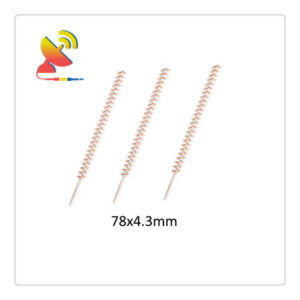
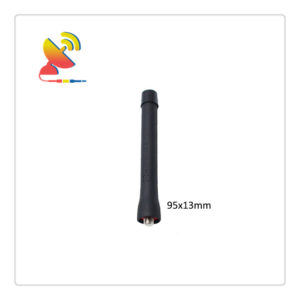
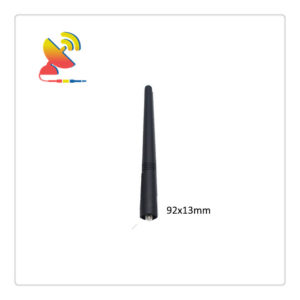
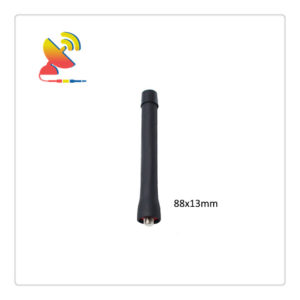
Reviews
There are no reviews yet.